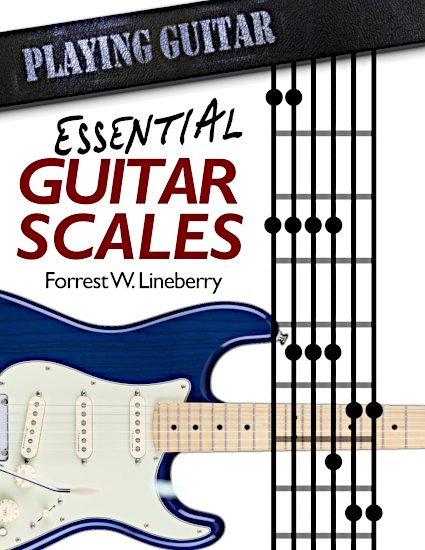3-Notes-Per-String (3nps)
If we take the symmetry introduced by the CAGED+ patterns one step further, we come to the 3-notes-per-string system. The principle of this system is just as the name implies — the scale is arranged on the fretboard so that three notes are played on each string. This contrasts with the previous two systems where some strings have three notes and some strings have only two notes. Three notes on each string gives a consistency to the patterns for both the fretting hand and picking hand that many players find attractive This is the strength of the 3nps system, but it also means that none of the patterns are anchored to chord shapes or pentatonic shapes. Playing three notes on a string necessitates both finger stretches and position shifts. Where the CAGED+ system relies mostly on 4th finger stretches, 3nps utilizes 1st finger stretches almost exclusively:




The arpeggios shapes can be worked out with a few minor fingering changes:




As stated earlier, 3nps patterns don’t lend themselves to practical chord shapes or pentatonic shapes. While there is no way to avoid overlap between the CAGED chords and these shapes, there is no one-to-one relationship between the two. This leads to what would be the major downside to the 3nps. The system is usually learned by playing each pattern from the low E-string to the high E-string without regard for the root note in each pattern or the key signature of the scale. Instead, the player relies on placing pattern 1 in the correct location and associating the remaining patterns by their order in the sequence. Symmetrical shapes can also lead to playing note groups based on the shape of the scale rather than melodic ideas based on the sound of the notes over the chords.

Book Title
Essential Guitar Scales
The scales you need, how to learn them, how to practice them, how to USE them.
Sell Link
Coming in early 2020!
Sample Chapter Links
Sample Chapters

